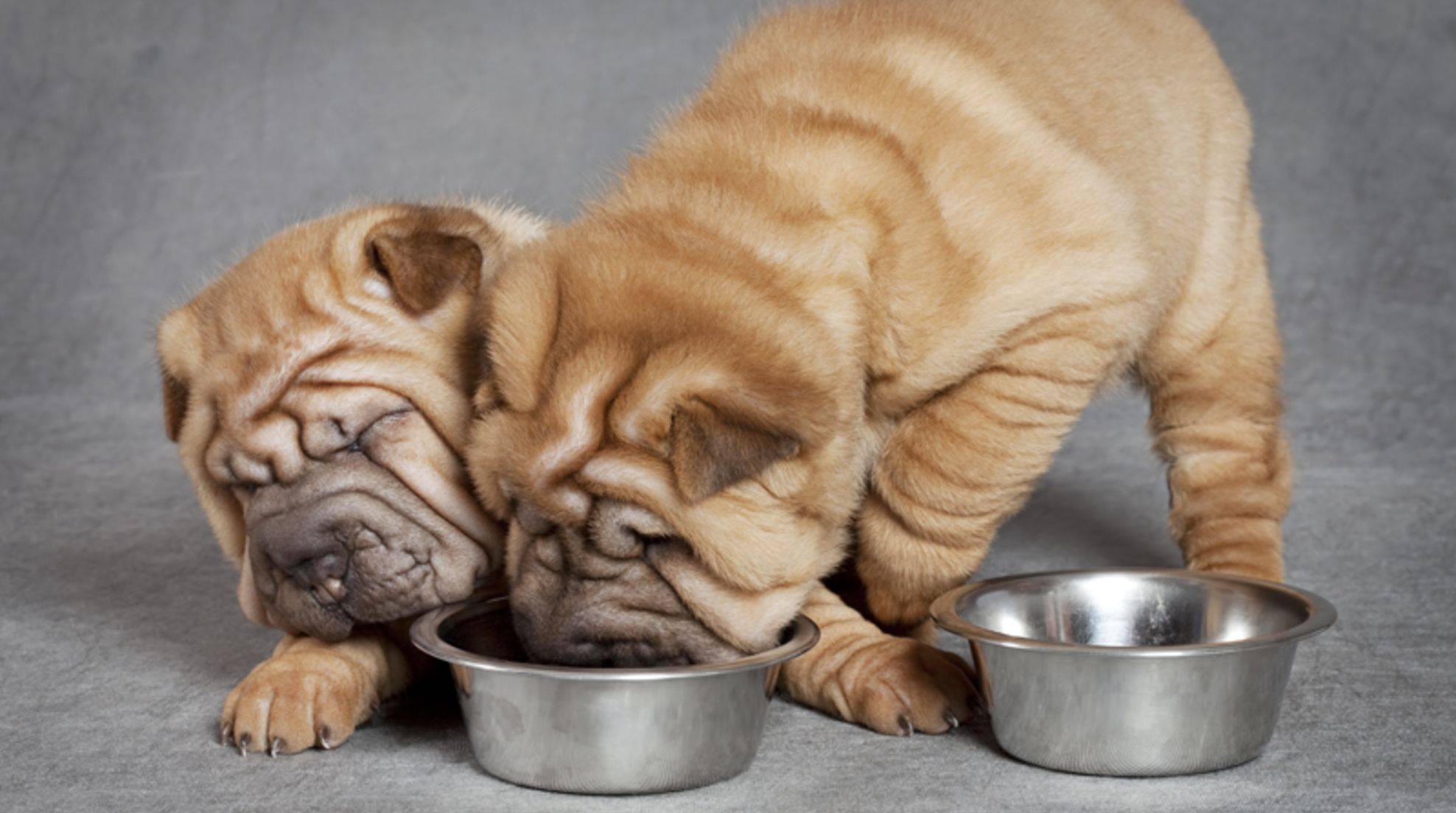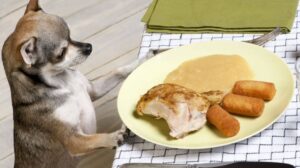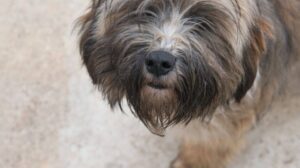
Addressing Food Envy in Dogs: Strategies for Assistance
Instinctively, dogs feel the need to protect their resources. Food envy can be a natural reaction to a dog’s fear that his food will be stolen or that it will not be enough. Dogs can show food envy toward both humans and other dogs. What can you do about it?
We call it food envy when dogs are constantly defending their food. Dogs have an instinctive need to protect their food. If food envy becomes aggression toward other dogs or humans, then you need to act.
Dogs fighting over food bowls
At first, the term “food jealousy” may sound like a harmless argument over which piece of meat is best. It is actually a dog’s survival instinct that is at play. When someone attempts to take away food, it is an essential resource that must be protected. Food envy is more common in dogs who have to fight for food, are often shortchanged, or were not allowed to drink from their mother’s breasts as puppies. First, they must learn not to defend food from you or other dogs in the house.
What to do if your dog is showing signs of food envy?
Food envy in dogs can be broken with patience and time. Dogs must understand that their food bowl is theirs and no one can take it from them. To achieve this, you must ensure that no other dog or you disturb him when he is eating. Some dogs are greedy, and will take any food that they can get, whether it’s in their bowl or not. This can cause food envy, or worsen it.
It is best to separate the food for the food thief from the food envyer. It is best to avoid feeding several dogs at the same time in the home so that there are no food envy issues. Feed your dogs separately at first and ensure that they feel safe and secure. Over time, your food-envious dog will learn that he can have his own bowl and not worry about anyone “stealing” it and him getting too little. You can feed the dogs at different corners in the same space.
Dogs can be aggressive when they are being fed.
Dogs who have been through too many negative experiences with food can develop such strong food envy as to defend the food, even if it is just for safety reasons. This aggressive behavior may extend to the bowl or the feeding area, making it difficult for the owner to approach their four-legged companion safely when they are in the same room as his feeding place. Patience and calmness can also help. Place the bowl of food for your dog calmly and then leave the room. Do not remove the bowl from the dog’s plate until the bowl is empty, and the dog has departed the room. Slowly, he will learn that his food does not pose a threat and that he doesn’t need to protect it.
This can be challenging, especially if you have a deep-seated food lust. If you are unable to manage your dog on your own, consult a dog trainer. In extreme cases of aggression you may want to consider problem dog therapy.

